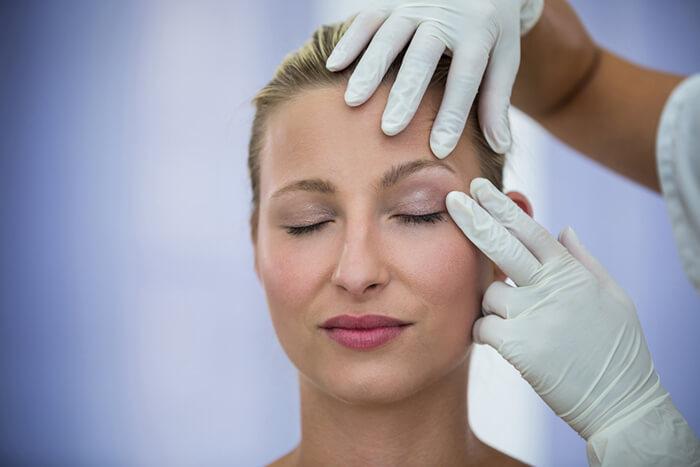Frequently Asked Questions
How Long Do The Results Of A Temporal Brow Lift Last?
While a temporal brow lift can’t stop the natural aging process, many patients enjoy their results for several years. Factors like genetics, skincare habits, and sun exposure can influence how quickly you’ll see signs of aging return. Maintaining a healthy lifestyle (including wearing sunscreen and staying hydrated) can help prolong your new, youthful contours.
Can A Temporal Lift Be Combined With Other Procedures?
Yes, it’s quite common to combine a temporal brow lift with other treatments such as eyelid surgery, a facelift, or even non-surgical options like dermal fillers. Combination treatments can address multiple aesthetic concerns simultaneously and streamline your recovery time. Talk to your surgeon about combining procedures so they can develop a comprehensive plan that fits your individual needs and goals.
Will I Have Noticeable Scars After My Temporal Brow Lift?
Most surgeons place incisions within or near the hairline, making scars less noticeable once healed. Over time, scars typically fade and can be concealed by your natural hair growth. Keeping incisions clean and following your surgeon’s instructions is crucial to promoting good healing. The result is usually minimal scarring that blends seamlessly with your hair and skin.
When Can I Resume Exercise And Daily Activities?
While every patient’s recovery timeline is different, many people can return to light activities, such as walking, within a week. Strenuous exercise, heavy lifting, and high-impact workouts typically require a longer break (around two to four weeks) to prevent complications like bleeding or prolonged swelling. Always follow your surgeon’s personalized post-op guidelines, and don’t hesitate to ask them about specific activities during your follow-up visits.
Is A Temporal Brow Lift Painful?
Many patients experience manageable discomfort rather than intense pain. You may notice tightness, mild swelling, or tenderness in your temples and forehead, but these symptoms typically fade within a week or two. Your surgeon will provide recommendations for managing discomfort, such as taking over-the-counter pain medications and applying cold compresses. By following these instructions, you can enjoy a smoother, more comfortable recovery phase.



